Apple wants to reduce Bluetooth power consumption in portable devices
The details come from a patent application discovered this week by AppleInsider first filed in December of 2008, but re-filed as a continuation with the U.S. Patent and Trademark Office in February of this year. The filing, entitled "Data Format Conversion for Electronic Devices," notes that converting data to a new format can be a power-hungry process.
Portable devices, such as an iPhone or iPod touch, can convert media files stored in a compressed format to a Bluetooth-compatible format. This allows the device to wirelessly transmit media to an external device, such as a Bluetooth headset.
"The format conversion performed by the portable electronic device may quickly drain the energy stored in its battery," Apple's filing reads. "Therefore, it would be desirable to provide an energy-efficient technique for converting data to a Bluetooth-compatible format."
Compression of data is necessary with Bluetooth because the technology has a limited transmission throughput. Traditional Bluetooth converters fully decode and re-encode compressed data, which can be taxing on a device.
Apple's solution aims to "significantly lower" the number and complexity of computations executed in transmitting media over Bluetooth. Its proposed invention includes a dedicated format converter that could take a media file and produce data in a Bluetooth-compatible format in a more energy-efficient manner.
This format converter could include a band separation module, a bit allocation unit, conversion modules, and quantizers, that would decompose the frequency domain information of a file, such as AAC audio, and turn it into a plurality of data streams comprised of different sub-bands.
The format converter would then transform each data stream to a new encoding scheme, and then quantize the streams based on bit allocation for each sub-band. The included bit allocation unit would compute information for each sub-band based on an unfiltered version of the compressed data.
"The format converter can convert each data stream into a format compatible with Bluetooth," the application states. "For AAC-encoded files, for example, the format converters can convert the MDCT-based data into a format that uses a different frequency transform-based compression algorithm (e.g., DCT-based algorithm).
"Then... the format converter can assemble the transformed data streams into frames of appropriate sizes for Bluetooth transmission, and may perform other functions necessary to prepare the transformed data streams for transmission over a Bluetooth link."
The proposed invention, re-filed with the USPTO on February 6 of this year, is credited to inventor Jeff Bush.
Apple's continuing interest in improving the Bluetooth wireless standard is evidenced by a separate filing from last October discovered by AppleInsider that described a new way to power off Bluetooth-enabled electronic devices. Apple's proposed method would allow users to press just one button on one device to configure or disable multiple devices.
Apple also joined the Bluetooth Special Interest Group Board of Directors last June, when it was revealed that Apple is aiding in developing the low-power Bluetooth 4.0 specification. Most of Apple's latest products, including the new iPad and iPhone 4S, also offer support for Bluetooth 4.0.
 Neil Hughes
Neil Hughes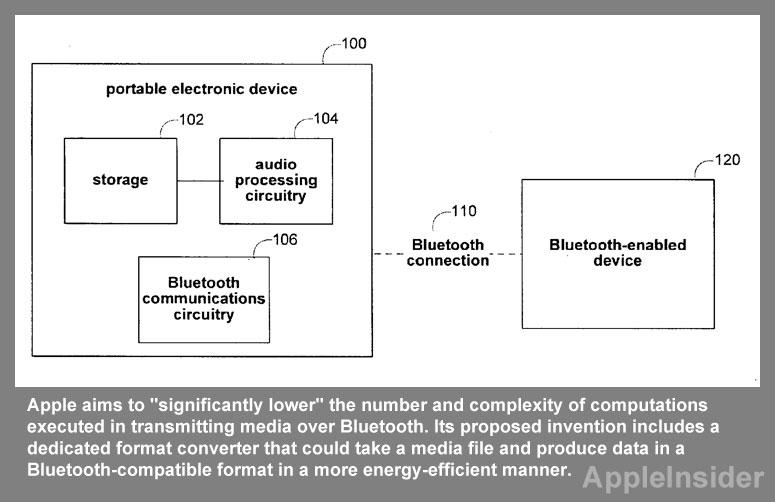


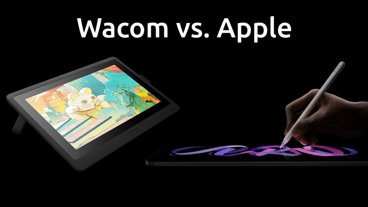

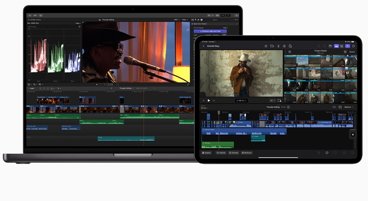








 Malcolm Owen
Malcolm Owen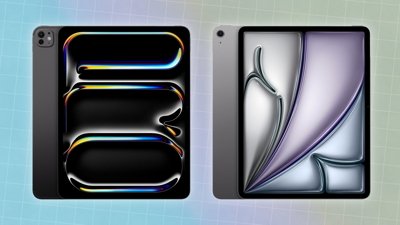
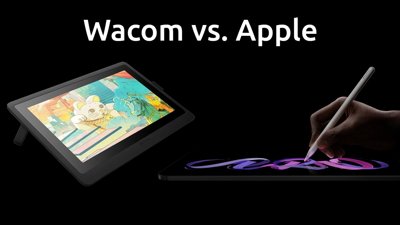
 Amber Neely
Amber Neely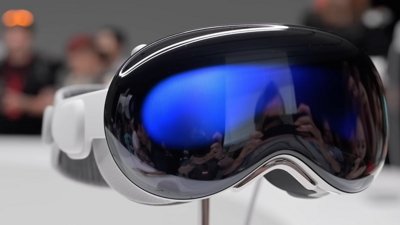
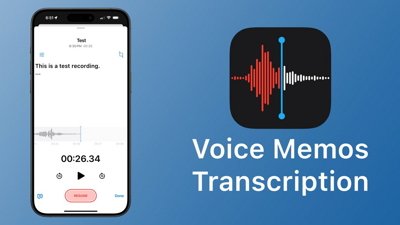
 Marko Zivkovic
Marko Zivkovic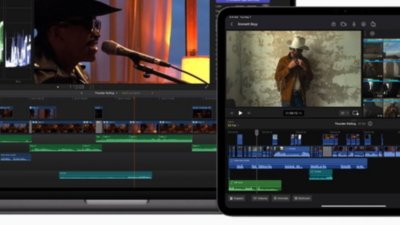
 David Schloss
David Schloss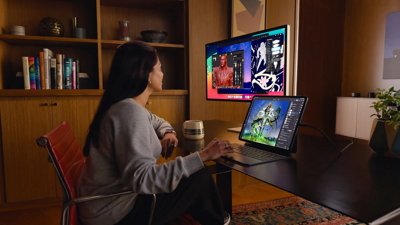
 Wesley Hilliard
Wesley Hilliard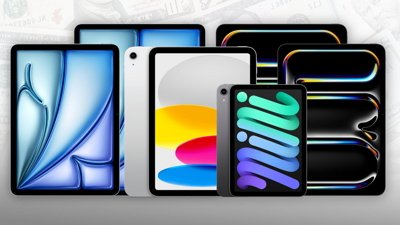
 Mike Wuerthele and Malcolm Owen
Mike Wuerthele and Malcolm Owen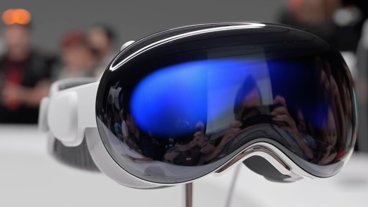








11 Comments
"Apple wants to reduce Bluetooth power consumption in portable devices"
Title is a bit worthless. I would guess they also want to reduce cellular power consumption, WIFI power consumption (power in general) as well as improve graphics and cpu performance.
Something a bit closer to the content of the article would have been more helpful.
[quote name="Axcess99" url="/t/150396/apple-wants-to-reduce-bluetooth-power-consumption-in-portable-devices#post_2118649"]"Apple wants to reduce Bluetooth power consumption in portable devices" Title is a bit worthless. I would guess they also want to reduce cellular power consumption, WIFI power consumption (power in general) as well as improve graphics and cpu performance. Something a bit closer to the content of the article would have been more helpful. [/quote] That was my first thought. Perhaps something like "Apple working to improve Bluetooth wireless standard." I'd say go even more sensationalist but there are enough readers that get upset when AI uses fun or enticing headlines.
Apple is gonna go this route and make Bluetooth eyeglasses. Perhaps letting that Nest maker guy do the actual glasses. Got a feeling that those Google glasses are gonna be popular with a certain crowd.
Why don't they start by giving us an on-off light switch app so that we don't have to go through so many menus to turn bluetooth on and off. Conservation is the best energy saver.
Why don't they start by giving us an on-off light switch app so that we don't have to go through so many menus to turn bluetooth on and off. Conservation is the best energy saver.
"Siri, turn off my Bluetooth." "Siri, turn on Bluetooth."
iOS 6 should be great in that regard.